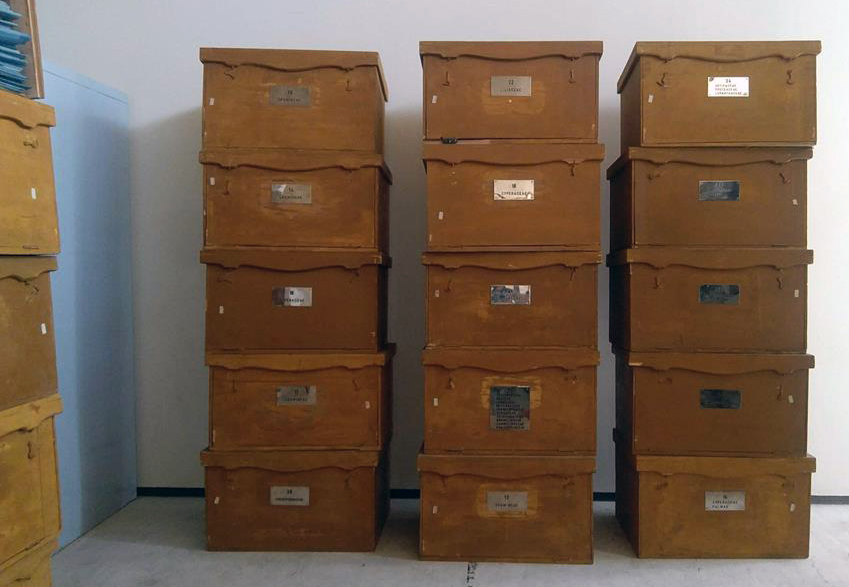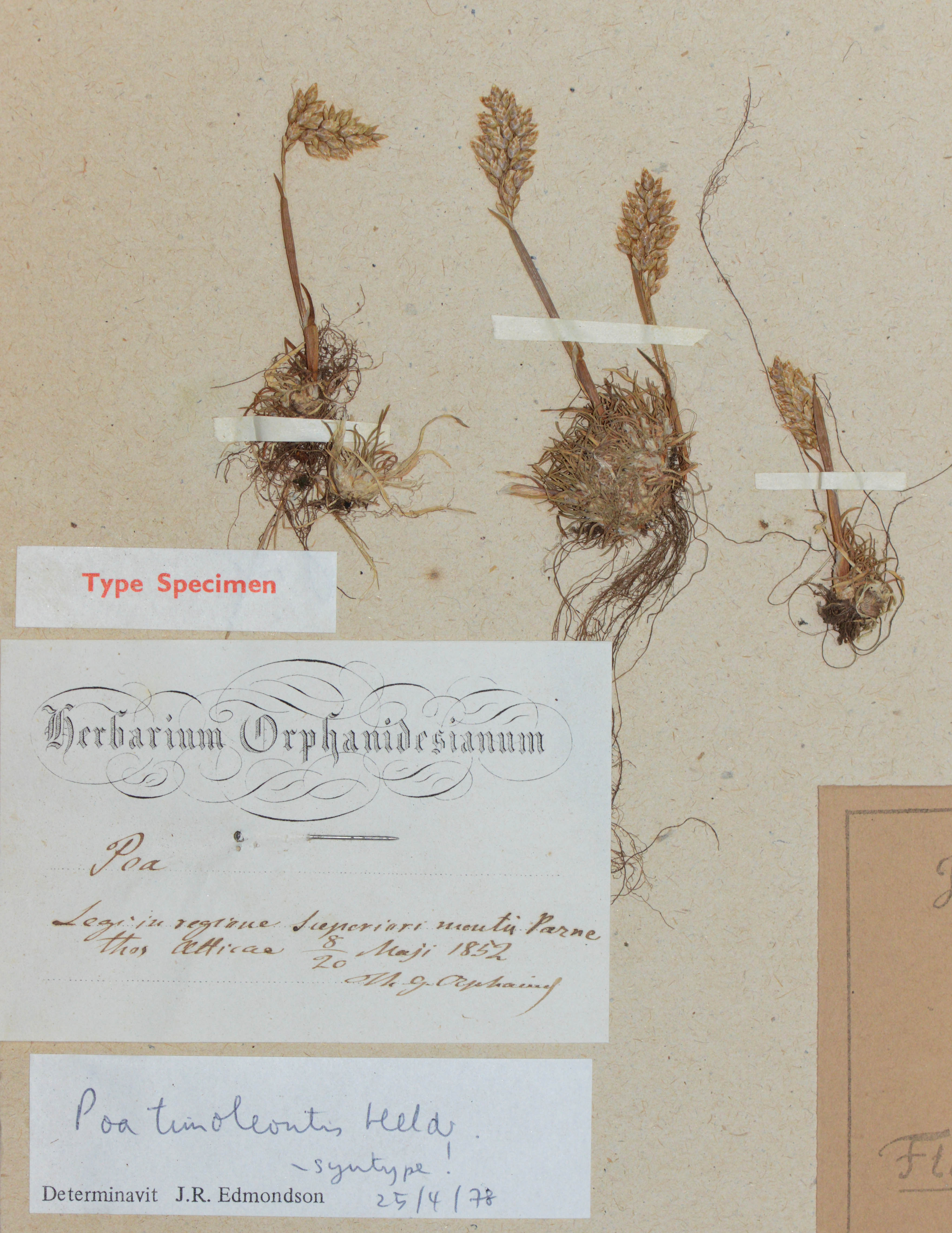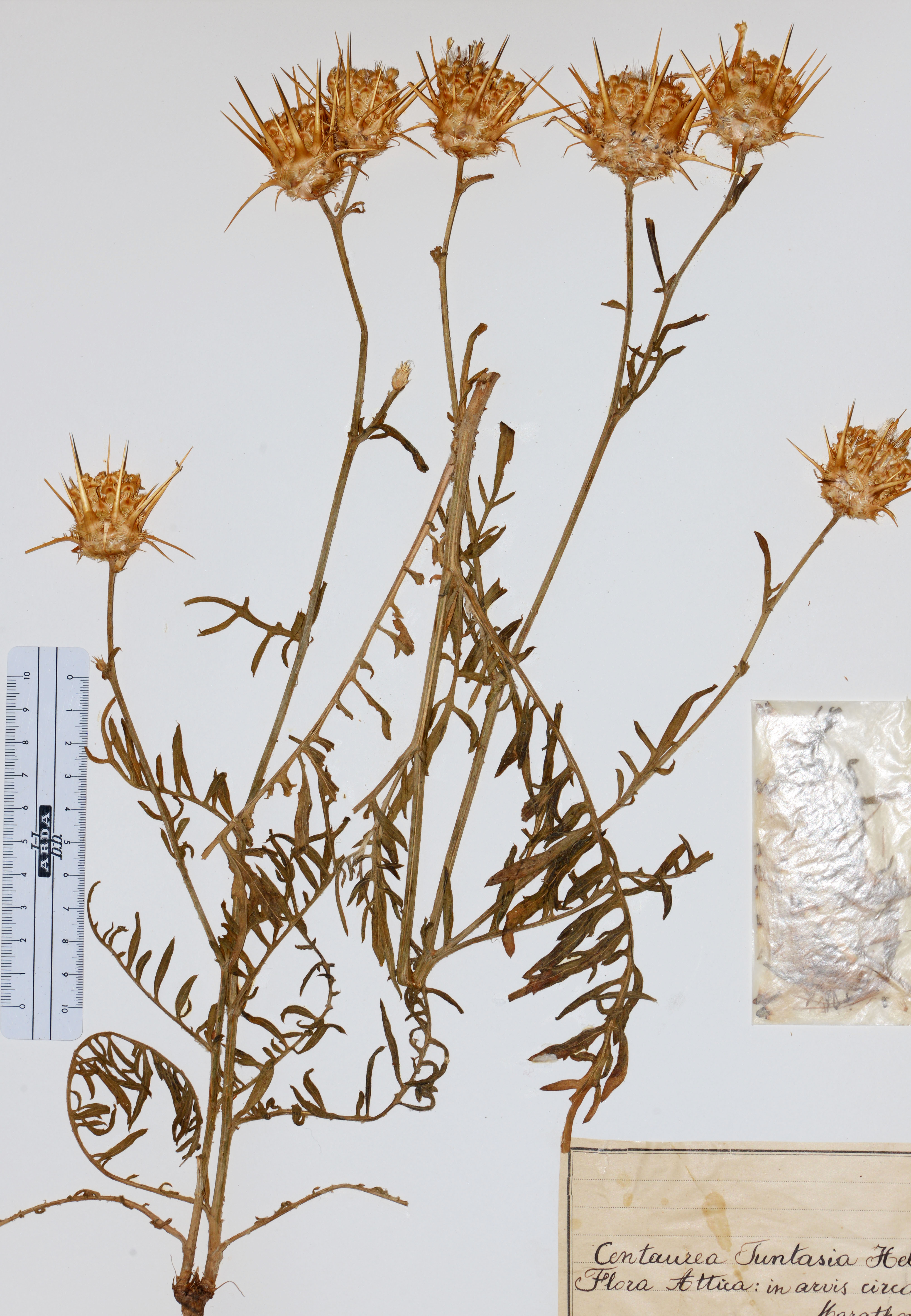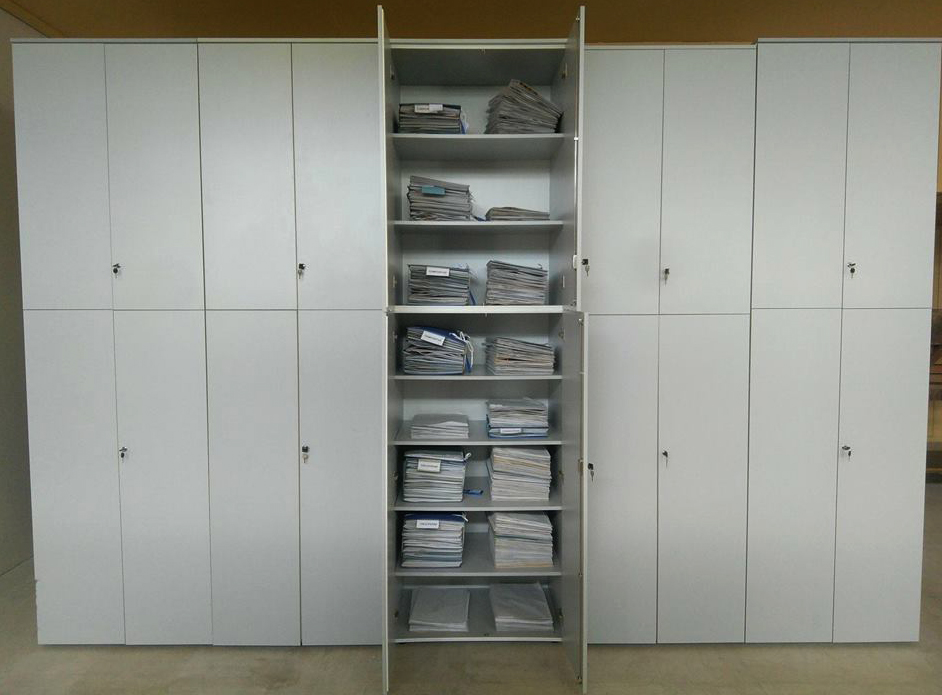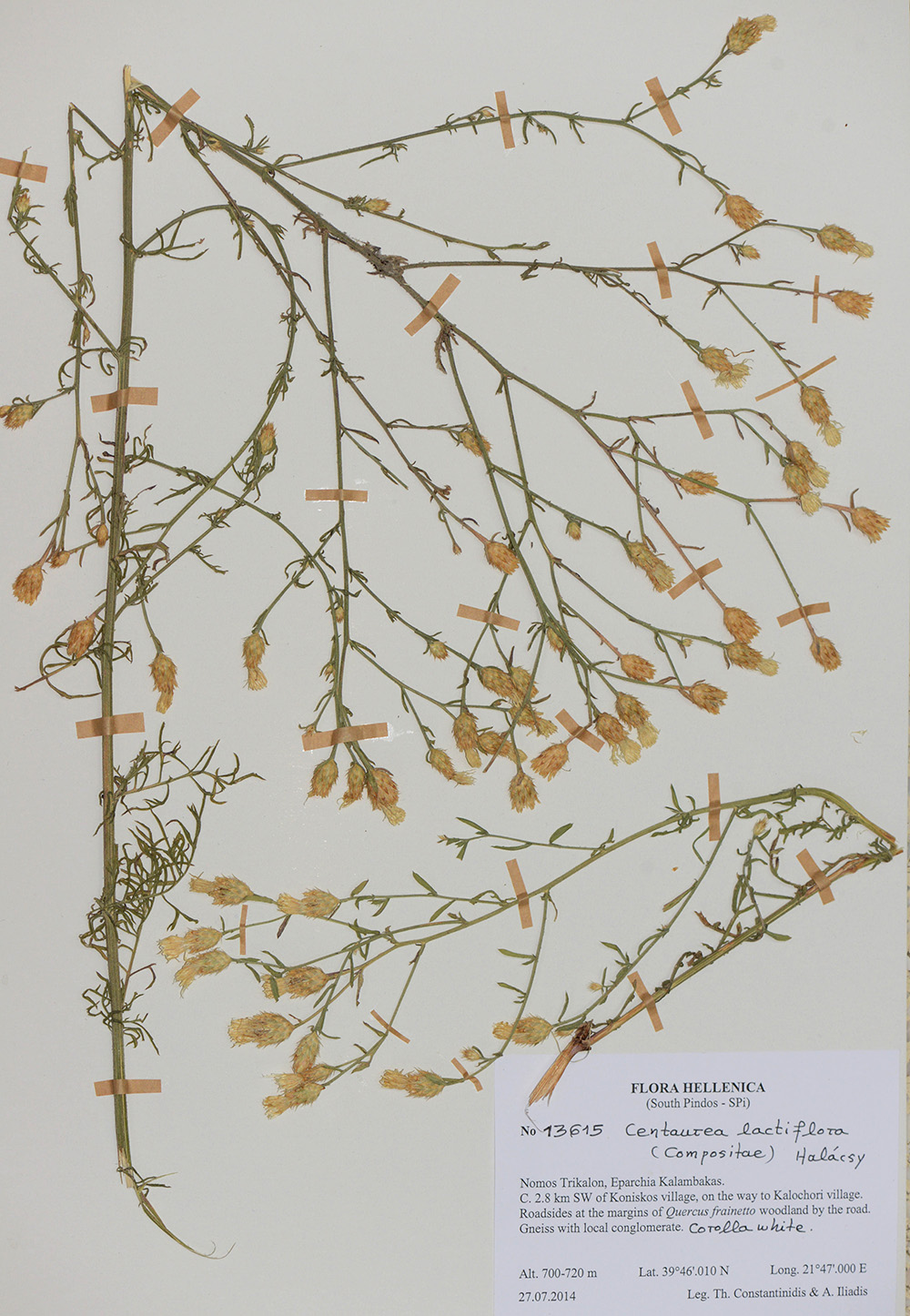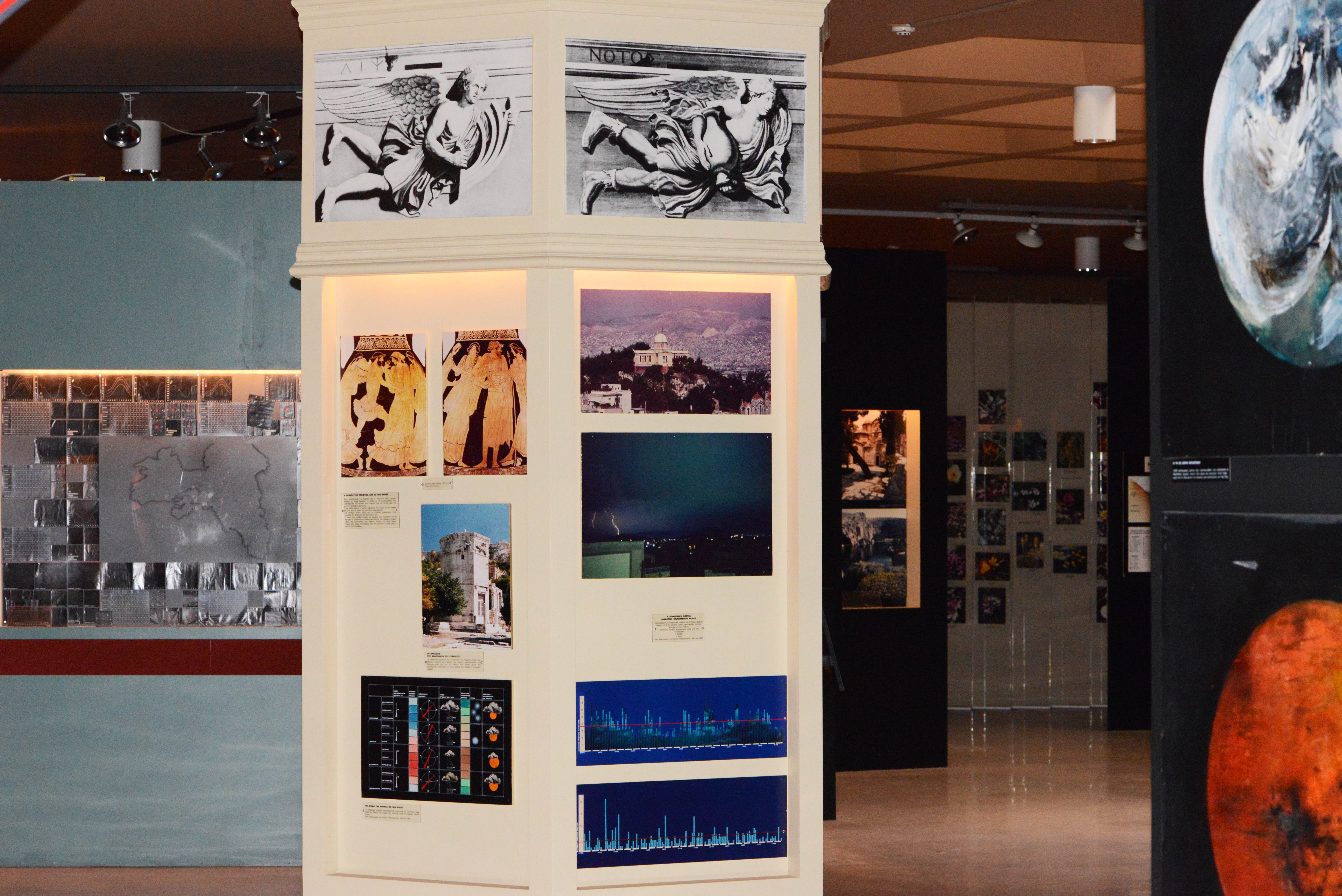Identity
The Botanical Museum targets education, research, and awareness on issues relating to the plant world in particular and the environment in general. It has a collection of dry plant specimens of significant historical and scientific value. The collection is open for studying to the international scientific community. It is used for the research and teaching needs of the Department of Biology of the University of Athens, and it is open to visitors of all ages. The aim is to cultivate familiarity with the research practices used in Botanical Museums and Herbaria worldwide and the botanical evidence, which are the testimonies of flora, vegetation, climate, habitat, and human presence from the foundation of the modern Greek state to today. The permanent exhibition of the Attic Landscape and Environment offers visitors a comprehensive view of the course of the Attic Landscape over time, with a significant compilation of data. It starts with the oldest geologic eras and ends in today's habitat and technological reality, offering different notions of the abiotic parameters and life factors in the environment of Attica. The two small exhibition halls of the Botanical Museum provide the space for lectures and screening films on Botany and the Environment. The Museum's publications are available to visitors as comprehensive guide books.
History
The Botanical Museum of the National and Kapodistrian University of Athens became autonomous from the old Physiographic Museum in 1868. The Physiographic Museum had been housing the botanical, zoological, and mineralogical collections of the University since 1850. Professor of Botany Th. Orphanides was appointed first director of the Botanical Museum, succeeded by Th. Afentoulis (1882) and S. Miliarakis (1893). In 1918, professor of Botany I. Politis was appointed director, who, among other things, dealt with the relocation of the collections from the ground floor of the Law School to the first floor of the Chemistry Laboratory. Also, Ioannis Politis created the first collection of thallophytes. From 1957 until today, the directors of the Botanical Museum have been Ch. Diapoulis (1957 –1968), K. Mitrakos (1968–1969), K. Anagnostidis (1969–1992), and A. Economou-Amillis (1992–2014). Up to 2021, the Museum's director was M. Arianoutsou-Faraggitaki. From 1965 to 1982, the Museum's collections were housed in the current Student Residence building of the Panepistimiopolis-Campus. When the new buildings of the School of Physics and Mathematics were completed, the Botanical Museum relocated to a specially designated area on the ground floor of the Department of Biology, where it is now permanently housed. In 1983, the scientific and technical staff of the Museum joined the Department of Ecology and Taxonomy, and in 2004 two curators staffed the Botanical Museum and served until 2014. Since then, the Botanical Museum remains without support staff.
Types of audiences
The Museum serves the teaching and research activities of the members (teaching staff and students) of the Department of Biology of the University of Athens. Its botanical collections are available to the entire academic and research community worldwide. The Museum's premises are visited mainly by primary and secondary school students, with their teachers and escorts. Furthermore, the Botanical Museum can accommodate any group, regardless of age, interested in its scientific evidence and also, offers guided tours of the permanent Exhibition of the Attic Landscape and Environment.
Collections & Exhibitions
The Museum contains more than 80,000 collections of botanical specimens, arranged in two major categories: the historical herbarium (from the establishment of the Greek state to around the middle of the 20th century) and the newer herbarium with collections that are being currently supplemented. Among the Museum’s older collections, the most important ones are considered the dry plant specimens of T. von Heldreich, T.G. Orphanides and V. Tountas. The Museum is abundant in specimens-types, which formed the basis for the published scientific naming of the plant organisms.
Events & Activities
The Museum does not hold events regularly. Until recently, it extended invitations to the student community (primary and secondary education) to visit its premises.
Accessibility
The Museum is located on the ground floor of the Department of Biology of the University of Athens. The entrance to the Department of Biology, from the School of Sciences’ side, is accessible to physically challenged people. The Botanical Museum premises are on a single level. Movement between floors is feasible with the department's elevators.
Terms of Operation
The Museum can be visited during business hours with scheduled appointments.
Director: Theofanis Konstantinidis, Associate Professor, Department of Biology.
Decision of Establishment
The Botanical Museum was founded with the Government Gazette 31 (July 5, 1868), which declares the Plant Collection independent from the Physiographic Museum.

